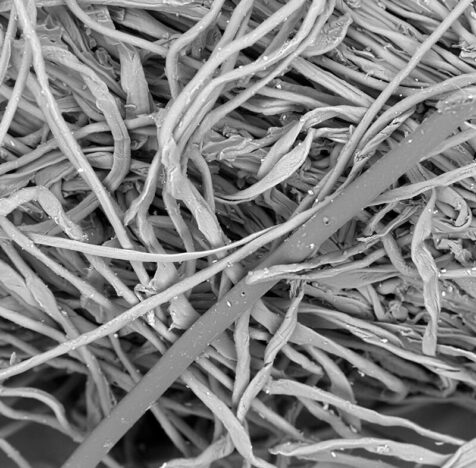Characterization

Critical to Materials Science
Characterization in materials science and engineering involves analyzing and understanding the properties of materials at scales both visible and invisible to the naked eye. Characterization techniques are used to obtain information about the chemical, physical, mechanical, and electrical properties of materials, which are critical for understanding their behavior and developing new materials with specific properties.
Materials characterization involves techniques such as microscopy, the use of microscopes to view materials at the microscopic and atomic scale, for example, and spectroscopy, which analyzes matter by measuring its interaction with light. Characterization is used to identify the properties of raw materials, monitor the quality of materials during processing and manufacturing, and evaluate the performance of materials in various applications.
Electron microscopy uses beams of electrons to form images of the atoms in a material.
Characterization at DMSE
Microscopy plays a big part in characterization science at DMSE, especially scanning electron microscopy, in which the surface of a material sample is scanned by a beam of electrons. DMSE researchers use an advanced technique called scanning transmission electron microscopy to shed new light on structure, chemistry, and function for a range of materials. They are also using machine learning to develop a self-driving microscope that could gather data faster than humans. DMSE teams use other techniques, including spectroscopy to study chemical and molecular properties of materials and X-ray diffraction to determine materials’ composition and crystal structure, the ordered arrangement of atoms in their makeup.
Related Materials
Related Faculty and Researchers
How hair deforms steel
Discovered why stainless-steel blades lose their sharpness over time. We found that a single strand of hair can cause the blade to chip. These degradations are more likely to happen if the blade’s microstructure is not uniform or if the blade cuts hair at an angle.
Microstructural and micro-mechanical characterization during hydrogen charging: An in situ scanning electron microscopy study
Developed novel methods to study the influence of hydrogen on metallic materials.


























